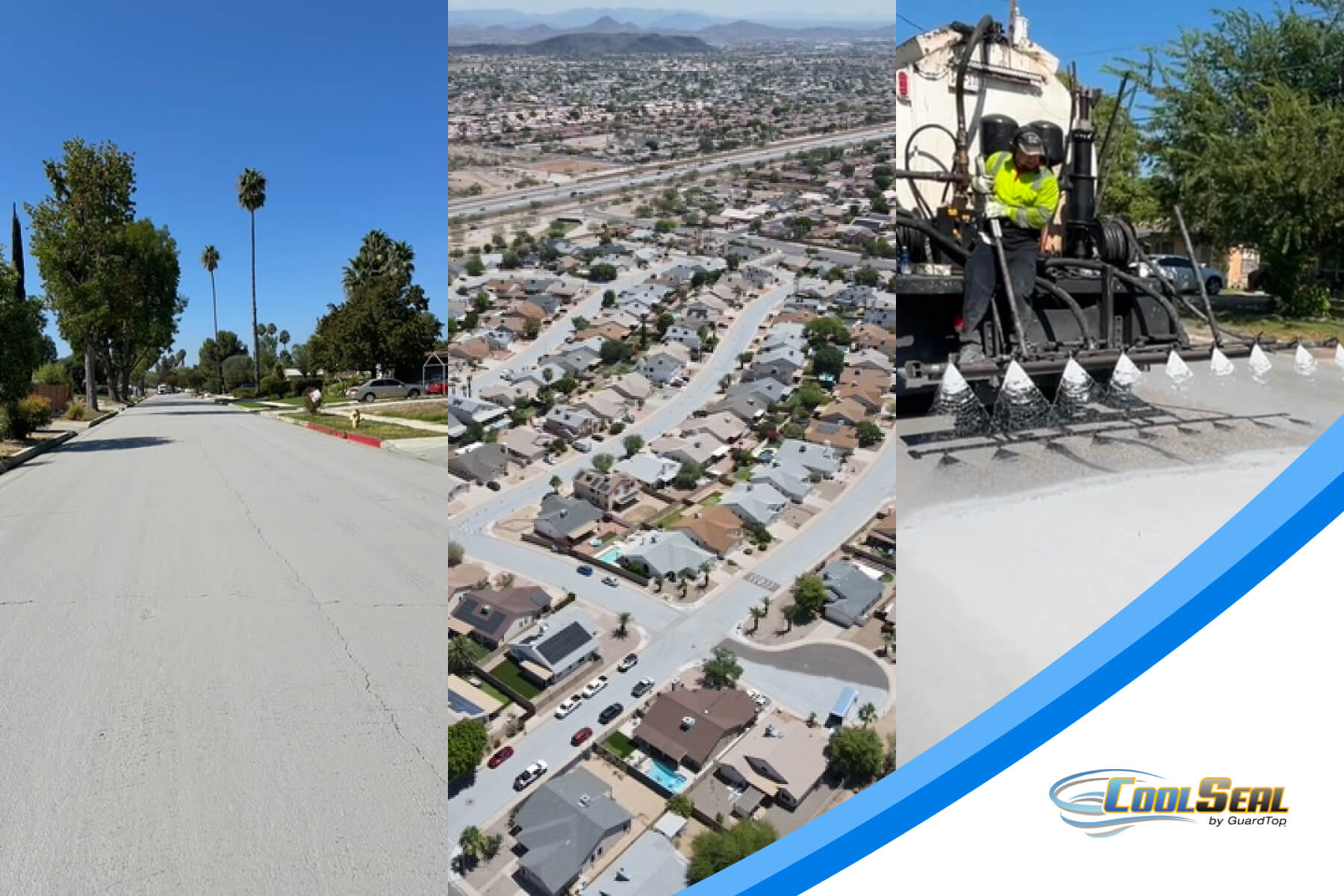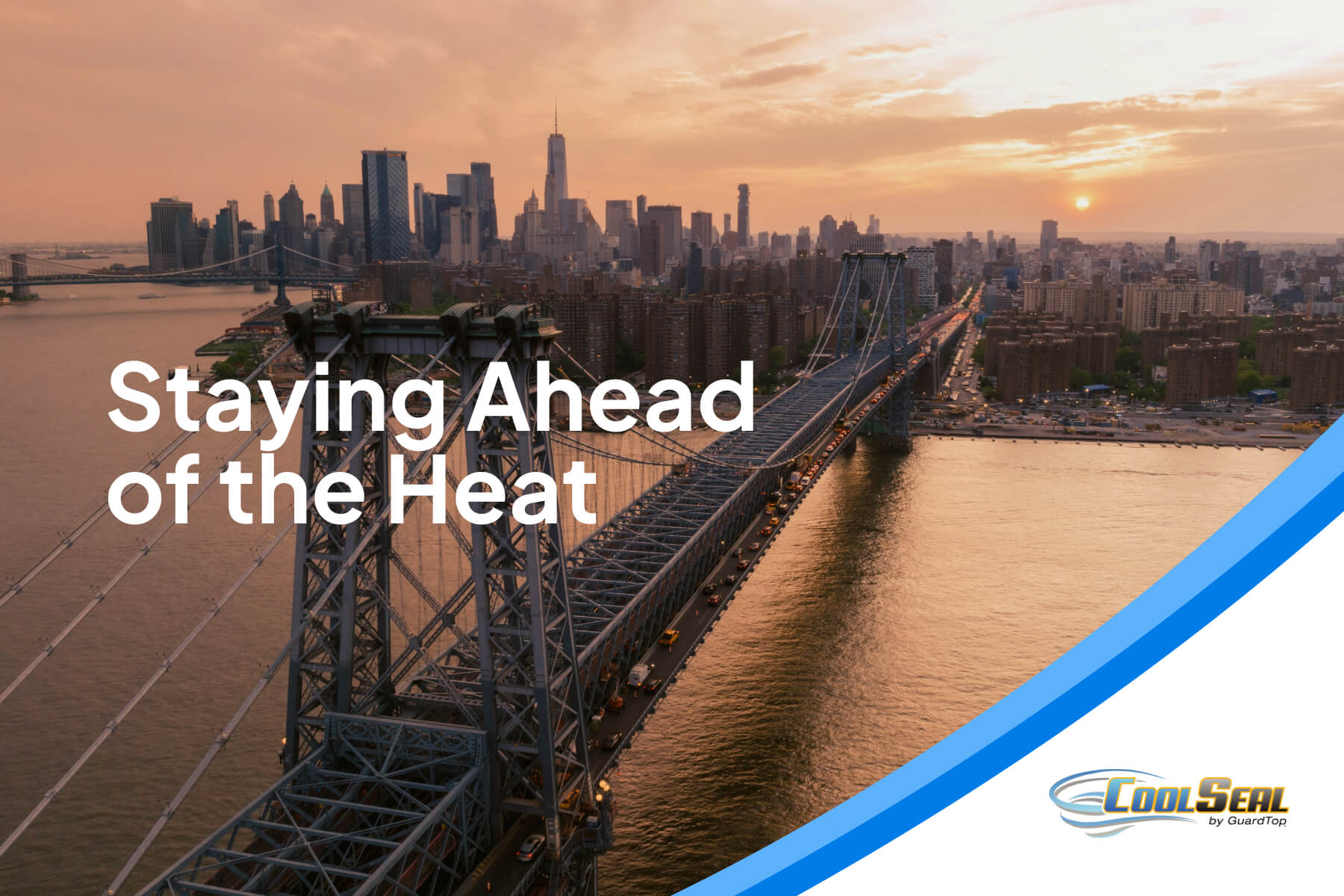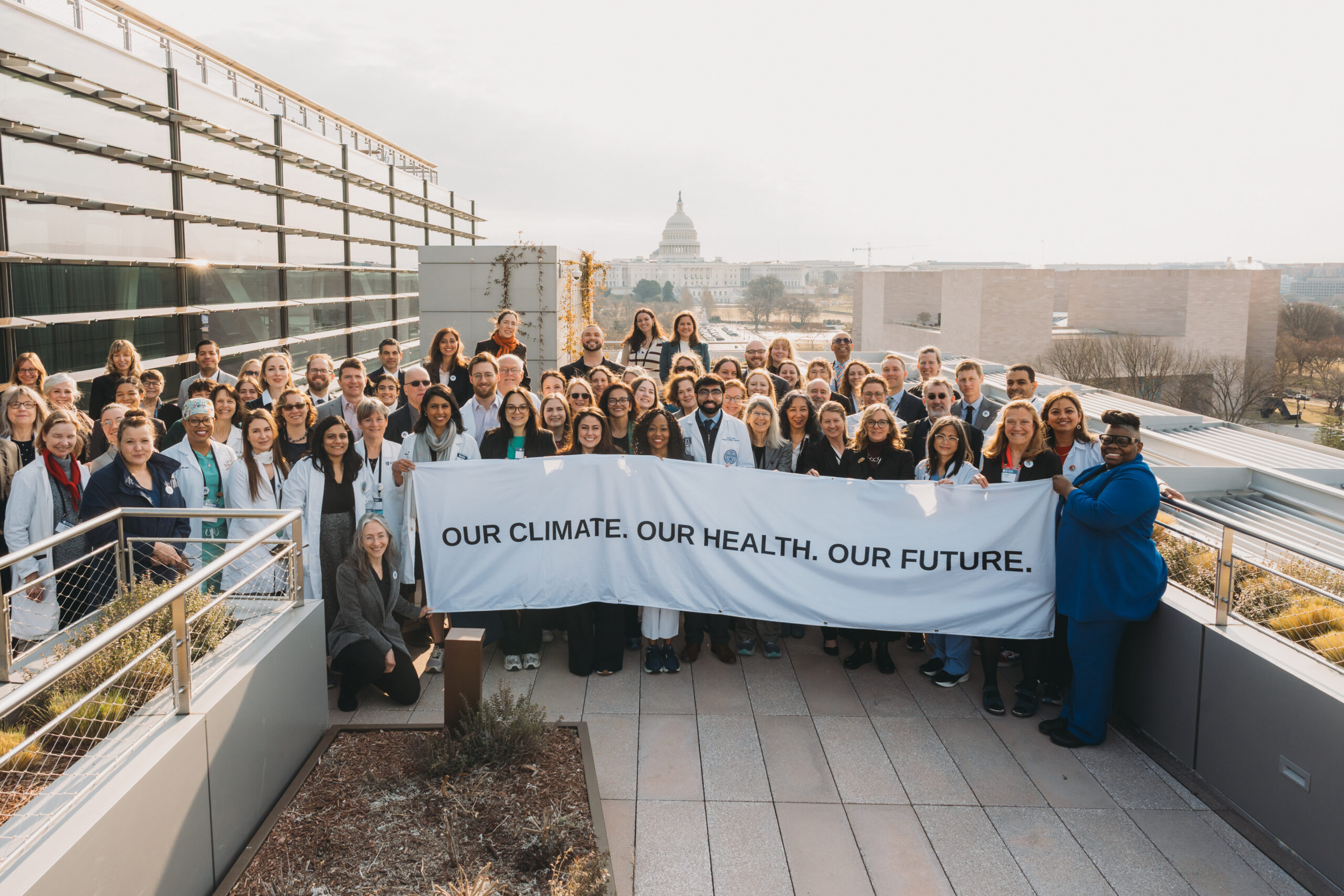There’s a good chance you’ve heard about urban heat islands recently in the news, but what exactly are they, and should we be worried about them? If so, how can we combat them? We’re here to break down the facts about urban heat islands and how we can work together to find solutions.
What are Urban Heat Islands?
According to National Geographic’s Resource Library, an urban heat island, or UHI, is a metropolitan area that’s a lot warmer than the rural areas surrounding it. The site references Downtown New York City as an example of an urban heat island because of its built-up area with temperatures that are higher than the rural areas around it.
The Heat Island Group at Lawrence Berkeley National Laboratory offers a similar definition, stating that urban heat island effect is a daytime elevation in the outdoor urban air temperature that results partly from the replacement of trees and vegetation with buildings, roads, and other heat-absorbing infrastructure. According to the Heat Island Group, these urban surface properties, such as roofs and pavements, can make up about 60% of the surface of a U.S. city, and due to their typically darker color, they can absorb at least 80% of sunlight. As a result, these warm roofs and pavements emit heat and make the outside temperatures warmer. In addition, human activity, ranging from the use of air conditioning to transportation to manufacturing, can also discharge heat into our urban environments.
What Does that Mean for Us?
As the Heat Island Group points out, UHIs are having a negative affect on urban communities and the environment, as evidenced by increased energy use, impaired air quality, and even illness. For example, warmer temperatures in cities leads to an increased demand for air conditioning in buildings, which can strain the electrical grid, especially during summertime. Warmer air can also result in smog and an increase in air pollutants and greenhouse gasses from fossil-fuel power plants. This combination of higher air temperatures and lower air quality can trigger heat-related and respiratory illnesses.
Finding Solutions
Now that we’ve explored the environmental implications of urban heat islands, we can understand the need to find solutions to combat this rising concern. The Environmental Protection Agency (EPA) outlines strategies to reduce urban heat islands in their document, Reducing Urban Heat Islands: Compendium of Strategies. According to the EPA, strategies using trees and vegetation, green roofs, cool roofs, and cool pavements can help lower surface and air temperatures, energy demand, air pollution, and greenhouse gas emissions.
Since the Lawrence Berkeley National Laboratory found that pavements comprise about one third of urban surfaces, it’s fair to say that they play a large role in contributing to urban heat islands. According to the Heat Island Group, dark pavements absorb 80-95% of sunlight, which aggravates UHIs by warming the local air and contributing to global warming by radiating heat into the atmosphere. In addition, the EPA points out that hot pavements can raise the temperature of storm water runoff.
So, what can we do to mitigate this growing issue with dark pavements and urban heat islands? This is where cool pavements, like CoolSeal by GuardTop, come into play. What’s so “cool” about cool pavements? According to the Heat Island Group, solar reflective cool pavements stay cooler in the sun than traditional pavements. First, let’s take a look at how traditional darker pavements perform. According to the EPA, conventional pavements can reach peak summertime surface temperatures of 120-150°F (48–67°C). Heat can be stored in the pavement subsurface, and then re-released as heat at night.
Cool pavements, like CoolSeal, on the other hand, are designed to reflect the sun’s energy to produce cooler surface temperatures through increased reflectivity. And they’re doing just that. In fact, in a recent study conducted by Arizona State University (ASU) Researchers as part of the Cool Pavement Pilot Program, the CoolSeal cool pavement used in the program had an average surface temperature 10.5-12°F lower than traditional asphalt at noon and during the afternoon hours. ASU Researchers discovered that CoolSeal’s cooler pavement coating reflects a higher portion of the sunlight that hits it, absorbing less heat. Thanks to this higher reflection, the coating can potentially offset rising nighttime temperatures, helping combat UHIs in the city of Phoenix.
Key Terms to Know
To understand how cool pavement works, you’ll need to first understand the concept of solar reflectance, or albedo. According to a study by the EPA, albedo refers to the percentage of solar energy reflected by a surface. When studying research about cool pavements, albedo is the main factor used to consider a material’s maximum surface temperature. CoolSeal by GuardTop has been tested and certified to meet the industry standard 33 percent solar reflectance design goal.
In addition to albedo, thermal emittance also plays an important role in determining a material’s contribution to urban heat islands. A material’s thermal emittance determines how readily a surface sheds heat. According to the EPA, albedo has a large impact on maximum surface temperatures, while emittance affects minimum temperatures.
What’s in it For Me?
So, now that we understand what cool pavement is, how can it affect us on a day-to-day basis? According to the EPA, cool pavements can benefit our quality of life daily in terms of safety, comfort, and nighttime illumination. For example, permeable roadway pavements result in better water drainage, which reduces water spray from moving vehicles, increases traction, and can improve visibility and safety for drivers. In addition, reflective or permeable pavements can lower surface and near-surface air temperatures, resulting in a more comfortable environment where people gather or children play. Last but not least, reflective pavements can enhance nighttime visibility, which could potentially reduce lighting requirements and save money and energy in the long run.
The Heat Island Group points out additional benefits of cool pavement, such as energy savings and emission reductions, improved health and a reduced number of heat-related illnesses, improved air quality, reduced power plant emissions, improved water quality, and ultimately, a slowed climate change. As cool pavements decrease the amount of heat absorbed at the Earth’s surface, this decrease in surface temperatures can temporarily offset the warming caused by greenhouse gases.
Challenges of Cool Pavement
According to the Heat Island Group, an important challenge for the future of cool pavement is to create cool pavement materials that reduce life-cycle energy, carbon, and cost. CoolSeal by GuardTop is working toward doing just that with a commitment to sustainability. In fact, CoolSeal lasts longer than conventional sealcoats, which translates to lower maintenance life-cycle costs for residents and consumers.
At Coolseal, we are committed to fighting urban heat islands, one roadway, walkway parking lot... at a time.





